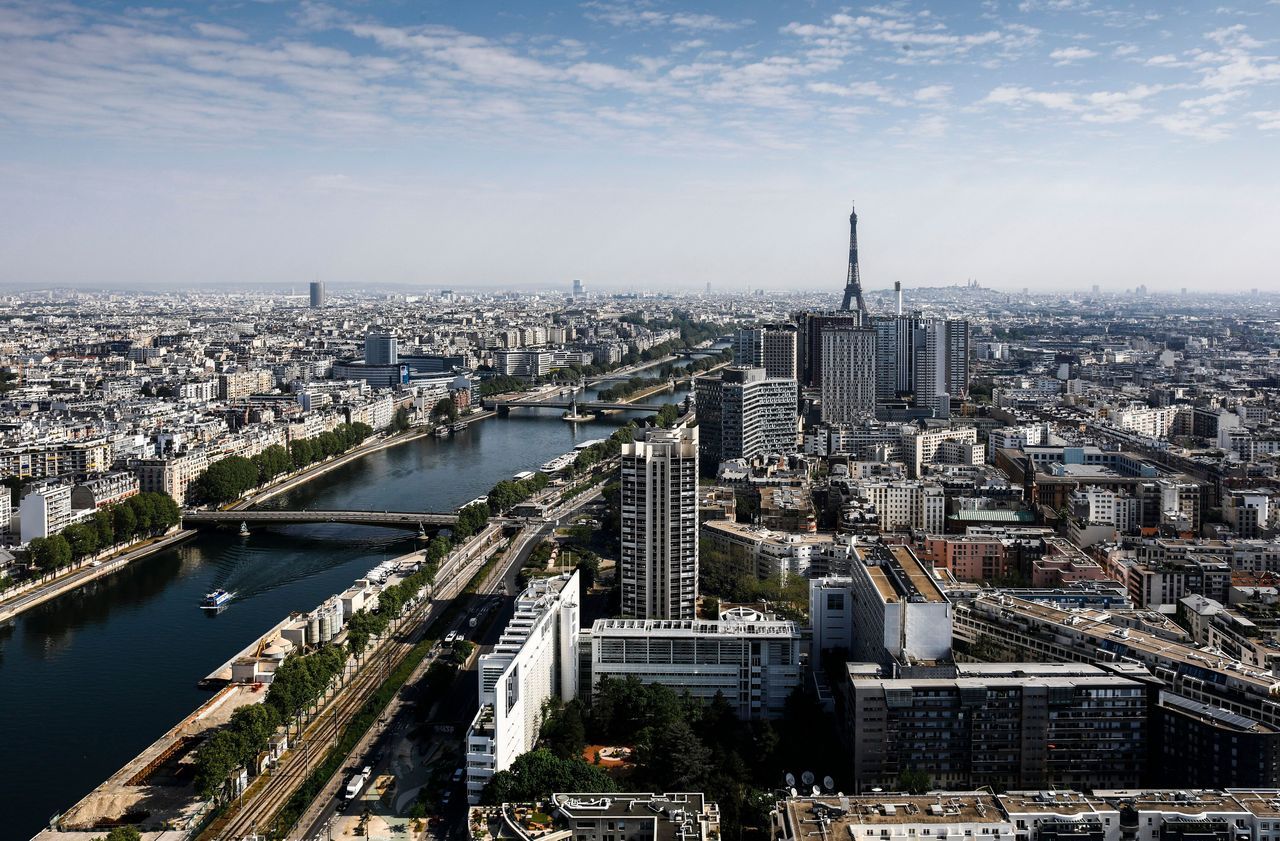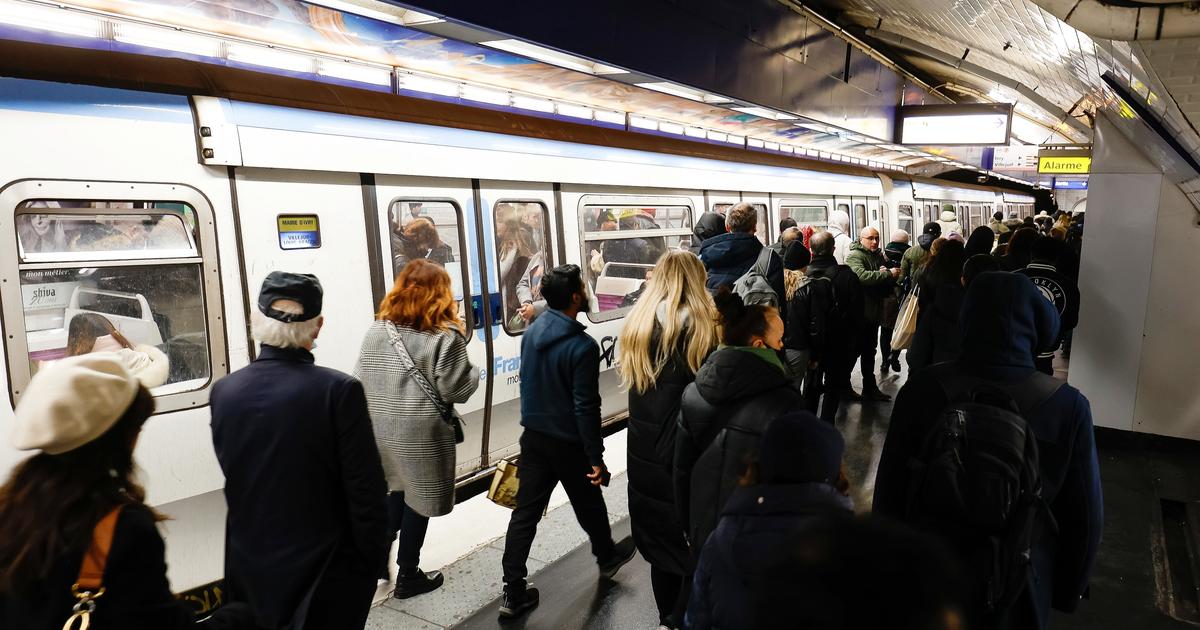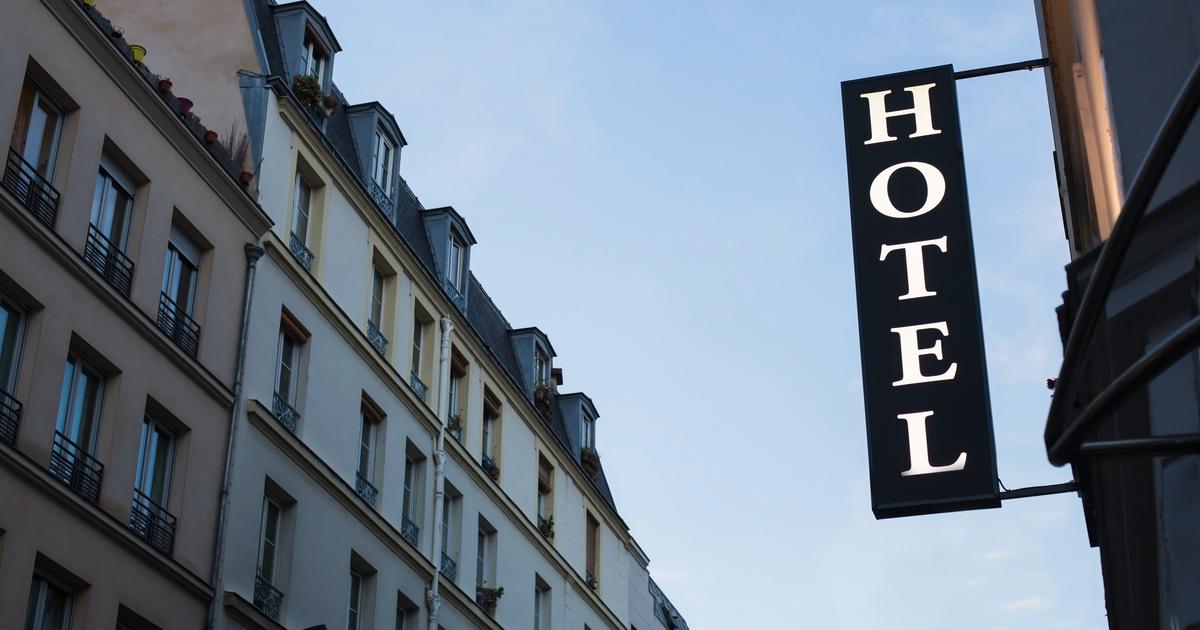The confinements follow one another but are not alike.
If one needed an additional element to convince oneself that Ile-de-France residents continue to move during this reconfinement, that of pollution in Ile-de-France is indeed one.
According to the data which will be published this Tuesday morning by Airparif (the association responsible for monitoring air quality in Ile-de-France), “the first days of the second confinement are accompanied by a drop of only 20% of emissions of nitrogen oxides (NOx), fine particles PM10 or carbon dioxide (CO2) linked to road traffic ”.
Far from the first confinement.
Last March, at the end of the first week of confinement, Airparif recorded -70% of these same emissions!
Admittedly, at the moment, the drop is a little more important in Paris (-30%) but it is “almost zero” on the ring road, always notes Airparif.
Traffic jams during rush hour
With the consequence, a very limited impact for residents of major highways.
Last March, however, road traffic had decreased so much "that the concentrations were almost the same in parks and gardens, as near roads", further details the association.
READ ALSO>
Pollution: the first confinement has significantly improved air quality in Ile-de-France
Every morning, the roads bear witness to the still existing activity in the Paris region.
On Monday morning again, the accumulation of traffic jams reached almost 175 kilometers, the equivalent of a normal day.
And according to Waze online data, Monday, November 2, the number of kilometers traveled in Paris has fallen "only" by 27% compared to the previous Monday.
In comparison, for the first Monday of the first confinement, March 23, the drop was 81% compared to the last week of February.
An impact on the severity of Covid-19 cases
Damage to the environment and the health of the inhabitants.
Last September, a study published in the review of the Regional Health Observatory, highlighted the link between pollution and death from Covid-19: “Short and long-term exposure to ambient air pollution is at origin of chronic diseases, and decreases the body's immune response to infections.
Thus air pollution can be considered as a cofactor of morbidity and mortality by Covid-19 ”, details the study.
READ ALSO>
Coronavirus: pollution increases the risk of contracting the disease
And at the end of October, the European Public Health Alliance (EPHA), relayed in France by the Respire association, quantified the economic cost of air pollution for 67 French cities and 432 European cities.
In France, it is in Paris, where the cost per inhabitant is the highest, with 1,602 euros.
We find in 4th place ... Melun, in Seine-et-Marne, with a cost of 1015 euros per inhabitant.
“But 20% is already that!
Even 1% saves lives, ”explains Olivier Blond, president of the Respire association.
He also predicts that in 2020 “pollution should undoubtedly be remarkably low.
And at least the pandemic will have brought about two beneficial transformations.
The development of cycling and teleworking.
A day of teleworking reduces travel by 20% ”.
Sensors in the municipalities bordering Paris
To better understand these developments, the Respire association, winner of the participatory budget for the Ile-de-France region, is preparing to deploy a network of “citizen sensors” in the municipalities bordering Paris.
Thanks to a budget of 20,000 euros, it will install around twenty devices per city in the homes of individual volunteers.
The devices will send the measured values (including PM10 and PM2.5) in real time over the Internet and they will be “uploaded” in open data (data accessible to all) on the international “Sensor Communitiy” network.
Newsletter - Most of the news
Every morning, the news seen by Le Parisien
I'm registering
Your email address is collected by Le Parisien to enable you to receive our news and commercial offers.
Learn more
“We will be able to have precise data, hyperlocal and beyond Paris, continues Olivier Blond.
It will also allow the involvement of citizens who have less and less confidence in science and institutional data.
Involving them will allow them to better understand the process and adhere to it.
"
Six cities must already be covered (Paris, Bagnolet and and Saint-Ouen in Seine-Saint-Denis, Vincennes and Joinville-le-Pont in Val-de-Marne, and Colombes in Hauts-de-Seine).
The association is always looking for new participants to expand the network to other municipalities.
Saint-Denis, Monday.
Rui has lived at Gai-Logis for forty-seven years.
His apartment overlooks the A1 motorway.
LP / JG.
B.
Pollution ? "It's back as before!"
At Gai-Logis, in Saint-Denis (Seine-Saint-Denis), confinement is a bit of a lost paradise.
In this 200-unit residence wedged between the Stade de France and the A1 motorway, drowned by the noise and pollution of the thousands of vehicles that pass by here every day, the period from March to April was when "we opened more often the windows, ”recalls Chanthasack, who lives on the first floor.
“It's simple, there were fewer cars, so less noise and less pollution,” says Ania, 25, who has lived here for a year.
The caretaker, like all the residents who came across this Monday in this HLM residence dating from 1936, are unanimous: the drop in traffic in spring, they clearly felt in their ears and lungs.
“It was better, we breathed better,” smiles Rui, who has lived on the 5th floor for forty-seven years, with a breathtaking view of the A1 viaduct and its 200,000 vehicles a day entering or leaving Paris. .
A short period now over.
Since the reconfinement this summer, followed by the re-entry and its share of traffic jams, and even despite the reconfinement last week: traffic has resumed.
And pollution with it.
“Every time you open a window, it all comes in and at the end there is a lot of dust.
We only ventilate for a few minutes and then we clean everything, it's always like that, ”Sylvie summarizes.
Despite "a slight improvement" for a week, this new confinement does not change much in the daily life of this residence surrounded by pollution, with walls and windows blackened with fine particles.
Directly opposite, Airparif has also installed a sensor there which notes the pollution rates among the highest in France.
"This new confinement is more permissive" observes Sylvie.
"It's normal, people are working, they still need to go to Paris," adds Rui, who estimates that "70% of traffic has resumed" compared to last year.
"It is back as before," laments the guard.
“It's a little better in the evening, but there are still traffic jams in the morning,” observes Ania.
This Monday at 4 pm, it goes on the viaduct under the windows of Rui.
“We still feel that it's better,” he says positively.
But the smell of diesel remains strong.
The solution would be the "extension of the A1 through a tunnel", he hopes.
But the project is not yet on the agenda.
Jean-Gabriel Bontinck









